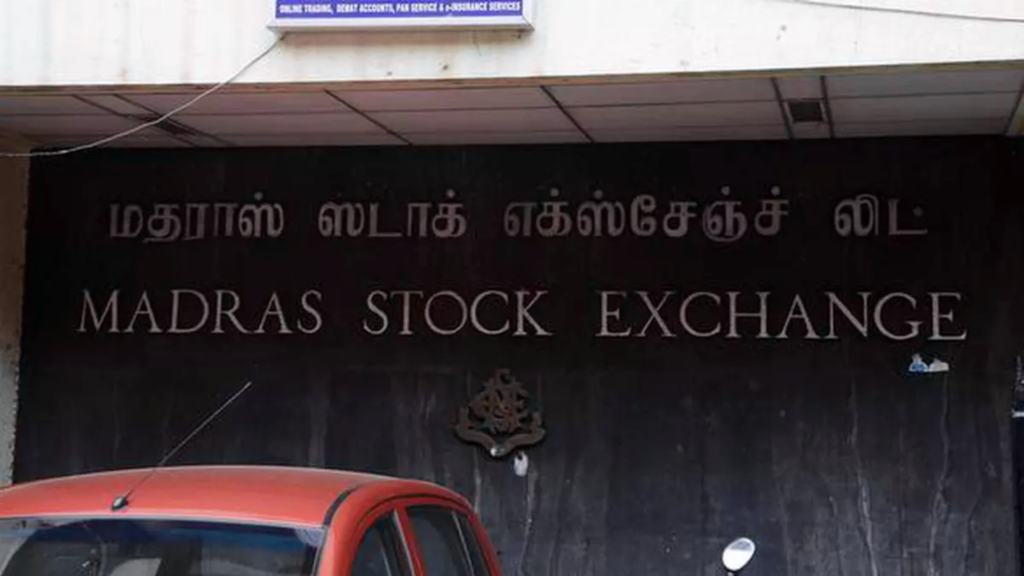The Rise and Fall of the Madras Stock Exchange (A Historical Overview)

The landscape of the Indian stock market is dominated by giants like the National Stock Exchange of India (NSE) and the Bombay Stock Exchange (BSE), which serve as pivotal platforms for equity trading in the country. However, the historical tapestry of India’s financial markets is enriched with the narratives of several regional exchanges. These exchanges, including the notable Delhi Stock Exchange (DSE) and Calcutta Stock Exchange (CSE), once played essential roles in facilitating financial transactions within their respective locales. Yet, the passage of time, coupled with the evolution of the financial industry and regulatory landscapes, led to the gradual eclipse of these regional marketplaces.
The Delhi Stock Exchange (DSE), established in the pivotal year of 1947, marked the dawn of a significant trading venue in the nation’s capital. It served as a cornerstone for traders and investors in the region, providing a platform for the exchange of stocks, bonds, and an array of financial instruments. However, the journey of DSE encountered hurdles with the introduction of reforms and tighter regulations by the Securities and Exchange Board of India (SEBI). These reforms, aimed at enhancing market transparency, protecting investors, and ensuring the integrity of transactions, presented formidable challenges for smaller exchanges. The rise of national exchanges like the BSE and NSE further diverted market participants away from DSE, leading to its eventual discontinuation in January 2017.
Similarly, the Calcutta Stock Exchange, with its roots stretching back to 1908, stood as a beacon of financial activity in Eastern India. It mirrored the challenges faced by DSE, struggling to align with the rigorous regulatory requirements set forth by SEBI. The resultant dwindling trading volumes and operational difficulties led to the CSE being directed by SEBI to cease trading activities in April 2013.

The Ahmedabad Stock Exchange (ASE), another regional protagonist established in 1894, sought a different path in 2014. Faced with declining trading volumes and the daunting regulatory environment, ASE opted to voluntarily exit the exchange business, transitioning into a depository participant role.
Down South, the Madras Stock Exchange (MSE), founded in 1937, played its part in the regional exchange ecosystem. The advent of electronic trading and the dominance of national-level exchanges led to its cessation in 2015, marking the end of its role as a trading venue.
The Cochin Stock Exchange (CSE), established in 1978, catered to the market needs of Kochi, Kerala’s bustling capital. However, similar to its regional counterparts, CSE faced low trading volumes and operational hurdles, resulting in its derecognition by SEBI in 2014.
Lastly, the Hyderabad Stock Exchange (HSE), established in 1941, served the regions of Telangana and Andhra Pradesh. Despite its historical significance, HSE discontinued its operations in 2013 due to insufficient liquidity and transitioned to a corporate structure.
The narratives of these regional exchanges, from their inception to their eventual closure or transformation, illustrate the dynamic and ever-evolving nature of India’s financial markets. These institutions, once pillars of regional economic activity, now serve as historical markers of a bygone era in Indian finance, overshadowed by the consolidation and technological advancements that define modern stock trading.

